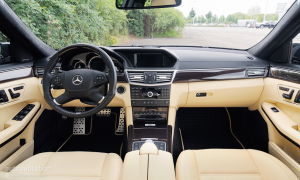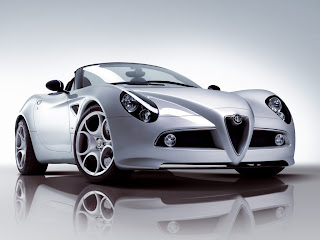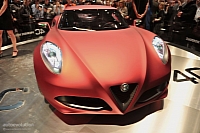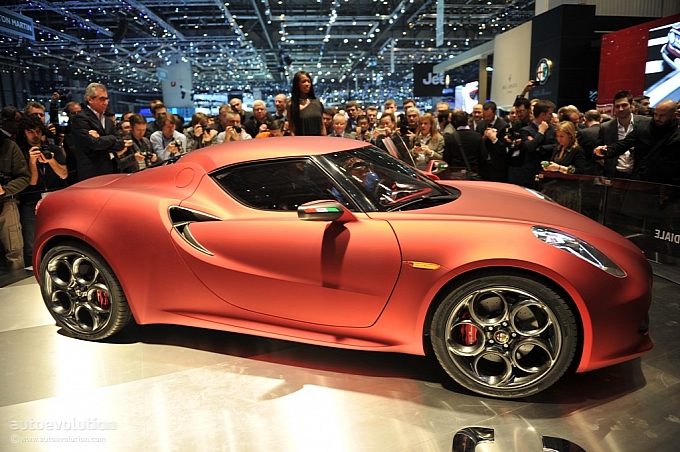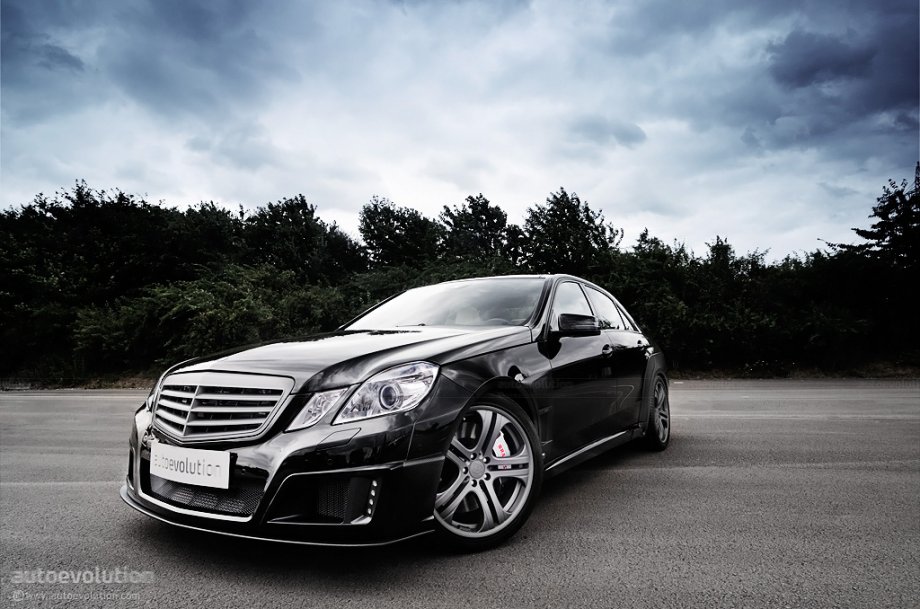
After 33 years of continuously pushing the boundaries of Mercedes-Benz tuning to higher and higher limits, Brabus is now known not only as a car manufacturer in its own right, but also as the largest car tuner in the world. Their expertise ranges from manufacturing works of art as far as car interiors go to record-shattering sedans that can keep up with the fastest supercars in the world.
Over the years, Brabus has also been known to be a master at shoehorning larger than needed engines in smaller car bodies. Their most famous examples are probably the legacy of taking an "ordinary" E-Klasse – the so-called "taxi of Germany" - and squeezing a V12 engine under the hood. Did we say V12 engine? We meant the internal combustion engine equivalent to a nuclear plant.
Because Brabus wasn't just creating odd conversions but true freaks of nature with this whole big-engine-into-small-car tuning genre. In more ways than expected, the process was pretty similar to how the earliest American muscle cars were created, except that Brabus' conversions work go quite a little more custom than that. Besides the engines, their work includes upgraded brakes, suspension kits, exhausts, transmissions, etc. and these are just a small part of the whole operation.
The first car to unleash an entire saga of record-breaking E V12s is the W124 Brabus E-Klasse V12 conversion kit. It looked like a mildly modified E500, but after going to a complete overhaul, the icing on the car's cake was represented by the addition of a 6.9-liter naturally aspirated V8 with 508 horsepower and a truck-like 710 Nm (523.7 lb ft) of torque under the hood.
That was only a humble beginning though, since the W210 E V12 was so monstrous that it was also included in the Guiness Book of Records for being the fastest four door sedan in the world. In order for it to achieve the electronically-limited top speed of 330 km/h (205 mph), Brabus had installed a 7.3-liter version of the aforementioned Mercedes V12. With no less than 582 horsepower and a staggering 780 Nm (575.3 lb ft) of torque on tap, the naturally-aspirated unit was at the time the most powerful street-legal Mercedes engine in the world.
But Brabus didn't stop there. When Mercedes-Benz switched to a twin-turbocharged setup for its series V12 engine, Brabus engineers immediately got to work and for starters managed no less than 640 horsepower and a tire-torturing 1026 Nm (757 lb ft) of torque, from a displacement of 6.3 liters. Installed in the somewhat aerodynamic body of the W211 E-Klasse, that gargantuan beast of an engine managed to give the car a top speed of 350.2 km/h (217.6 mph), enough to break the Guiness Book of Records for the world's fastest four door sedan once again.
A couple of years and a bit more fine tuning later, Bottrop engineers managed to up the ante once again for the twin-turbo V12, increasing its maximum power rating to no less than 730 HP, while torque figures climbed to an insane 1320 Nm (973.6 lb ft) of torque – sadly limited to "just" 1100 nm (811 lb ft) for reasons of transmission obliteration. After being shoved with surgical precision into a CLS "four door coupe", and after a tonne of other modifications, it managed to help it break another world record with a 365.7 km/h (227.2 mph) top speed on the Nardo circuit.
We know it's becoming a bit redundant to announce this by now, but Brabus is far from ending their V12 tuning lunacy, and they most recently proved this by unleashing an 800 hp and 1420 Nm (1047 lb ft) version of the unit. After electronically limiting the torque to 1100 Nm (811 lb ft) for the reason listed above and fitting it to an "ordinary" E-Klasse, the somewhat new four-wheeled monster is apparently able to hit around 370 km/h (230 mph).
As it turns out, we had the chance to experience just how these latest numbers, accompanied by a 598 thousand Euro ex-works specialty car, actually feel like. Needles to say, our opinions about it might feel a little bit fade, since there are very few words to encompass just how mental this car really is.
DEEP IMPACT (INTERIOR)
The interior of this car is pretty much the embodiment of Brabus' expertise in luxury and opulence, refraining no expense when it comes to treating all your five senses. Everything is practically drenched in soft leather, with no less than eleven hides covering the seats from top to bottom, the dashboard, the three-spoke steering wheel, the pillars and the ceiling.
The attention to detail of the Bottrop-workers can be found in almost every element of the interior. The "Brabus" emblem stitches on each headrest, the diamond patterns on the leather floor mats and even the brown-painted carbon fiber inserts with the chequered flag pattern just scream compulsive care from its manufacturers. Our test vehicle was equipped with beige and black softer-than-a-baby's-bottom leather with enough hand-made stitches to eclipse just about any shed-built supercar.
The overall interior space hosts five persons in complete comfort even if they hate each other and can't stand enclosed areas. A small minus is for the driver and front-passenger seats which, although FAR from giving you any claustrophobic symptoms, are a bit more crowded than we would have expected. Don't take it the wrong way, the front seats aren't crammed or anything, they're just very antithetical in space providing compared with the rear bench, considering they were "borowed" from a much smaller car. All in all, we could definitely call the Brabus E V12's interior as home if we could.
All in all, just like we mentioned in th Brabus GLK test drive, to say that the E V12's interior workmanship is top notch would probably be the understatement of the decade. The quality of each handmade stitching, the feel of the leather upholstery, the Alcantara or the look of the carbon fiber checkered flag inserts is simply mind-blowing. We've never seen so much attention to detail, especially since we're technically talking about a tuner car.
